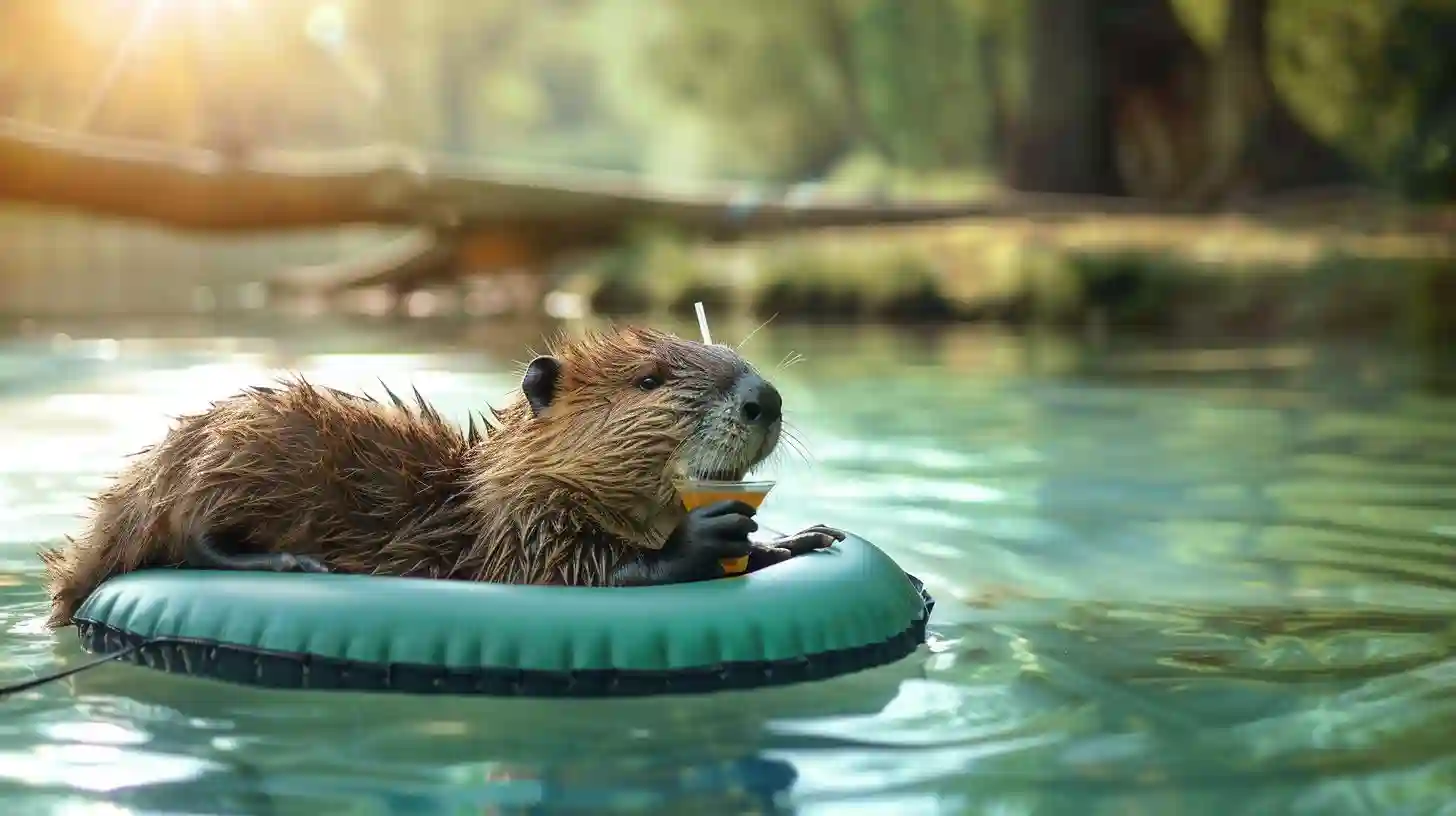
Beavers are fascinating animals that have attracted the attention of biologists and wildlife experts for many years. Known for their incredible engineering skills and ability to transform landscapes with complex dams and lodges, beavers play a critical role in maintaining healthy ecosystems.
One important aspect of beaver biology that has attracted particular interest is their methods of reproduction. Beavers have evolved a unique reproductive strategy that includes complex behaviors and social structures. Understanding these breeding methods is essential to ensuring the conservation of these iconic creatures.
Beavers are typically monogamous animals, forming bonds with one partner for life. However, in some cases, beavers can engage in extrapair copulations, leading to the birth of offspring from different males. This polygynous behavior has been observed in some populations, especially in areas with high beaver densities.
Beaver breeding season is typically late winter or early spring, with most mating occurring between January and March. During this time, female beavers become receptive to males' advances, exhibiting signs of estrus such as increased vocalizations and scent markings. Male beavers will actively seek out receptive females, engaging in courtship and vocalizations to attract a female.
Once a pair of beavers have formed a bond, they will begin mating rituals that include underwater copulation. Male beavers have a unique anatomical feature called the castor sac, which contains a substance known as castoreum, which is used to mark territories and communicate with potential mates. During copulation, the male deposits his sperm into the female's reproductive tract, fertilizing her eggs.
After mating, a female beaver has a gestation period of approximately 105–110 days. During this time, she will prepare the maternity chamber inside the house, lining it with soft vegetation to create a comfortable and safe environment for her offspring. Beavers typically give birth to two to four young, although litter sizes can vary depending on environmental conditions such as food availability and population density.
After birth, kittens are completely dependent on the care and protection of their parents. Female beavers are very attentive mothers, feeding and caring for their young to ensure their health and well-being. Male beavers also play a critical role in raising their kittens, providing food and protection, and teaching them basic survival skills.
As kittens grow older, they will gradually become more independent, going outside the house to explore their surroundings, learn to swim, and forage for food. Beavers reach sexual maturity at approximately two to three years of age, after which they leave their home territory to find a mate and start a family of their own.
In some cases, young beavers may remain with their parents for an extended period, helping raise subsequent litters and contributing to the overall success of the family group. This cooperative breeding is an important aspect of beaver social structure, allowing for the sharing of resources and knowledge within the population.
Although beavers are known for their monogamous mating system, some populations exhibit differences in breeding behavior that are shaped by environmental factors such as habitat quality and population density. In areas where resources are limited, beavers may exhibit polygynous behavior, with multiple males mating with a single female to increase reproductive success.
Beavers are highly adaptive animals, capable of adjusting their reproductive strategy in response to changing environmental conditions. This flexibility allows them to thrive in a wide variety of habitats, from pristine wilderness to urban landscapes. However, increasing human development and habitat destruction pose a major threat to beaver populations, resulting in decreased breeding success and genetic diversity.
Conservation efforts to protect beavers and their habitat are critical to ensuring the long-term survival of these iconic creatures. By studying their reproductive methods and social behavior, researchers can gain valuable information about how beavers interact with their environment and how human activities affect their reproductive success.
Beavers are remarkable animals with unique breeding techniques that have been developed to maximize their reproductive success in dynamic and challenging environments. By understanding the intricacies of beaver reproduction, we can implement effective conservation strategies that will help protect the future of these iconic creatures and the ecosystems in which they live.